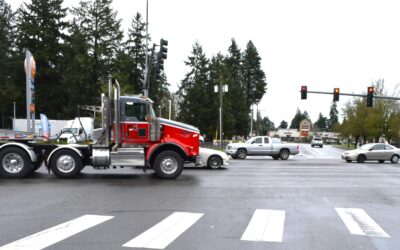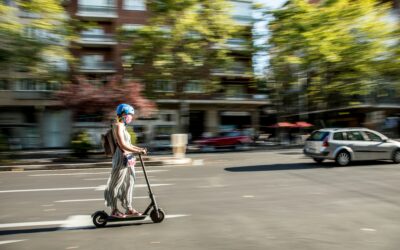August in Georgia brings pop-up thunderstorms, slick roads, and reduced visibility right when traffic ramps back up for school and late-summer travel. Those first minutes of rain lift oil and debris to the surface, creating a thin film that turns highways and city streets into skid zones. If you’re injured in a rain-related crash or a hydroplaning collision, understanding how fault is determined—and what evidence matters—can make all the difference in your recovery.
Hydroplaning happens when your tires lose contact with the road and ride on top of water. Speed, worn tread, underinflation, and sudden braking or lane changes all increase the risk. While many people call these “weather accidents,” Georgia is a fault state: drivers still have a duty to operate safely for conditions. That means slowing down below the posted limit, leaving extra following distance, using headlights, and avoiding aggressive maneuvers. When a driver ignores those precautions and causes a collision, they can be liable for your injuries, even in heavy rain.
If a storm-related crash occurs, prioritize medical care and lock down proof before the scene changes. Photos and data collected early often decide whether an insurer accepts responsibility or tries to blame the weather.
What to do after a rain or hydroplaning crash
- Call 911 and get evaluated: Many injuries—concussions, neck and back strains—worsen hours later.
- Move to safety and document: Photograph vehicle positions, skid paths, standing water, broken wipers, worn tires, and damaged lights. Capture wide shots and close-ups.
- Collect information: Exchange insurance details and get contacts for witnesses or motorists who stopped to help.
- Note the conditions: Time of rain onset, visibility, pooling water, lane closures, and construction areas.
- Preserve electronic evidence: Save dash-cam files; ask nearby businesses about exterior cameras. Your vehicle and the other driver’s may store crash data (speed, braking) that supports your claim.
- Avoid recorded statements: Don’t guess about speed or fault with an insurer until you’ve spoken with an attorney.
Common injuries from wet-road collisions include whiplash, herniated discs, shoulder and knee trauma from bracing, fractures, and mild traumatic brain injuries. Beyond emergency care, many clients need imaging, physical therapy, injections, or surgery, along with time off work and help with daily activities. In a Georgia car accident claim, you can pursue compensation for medical bills, future treatment, lost wages or reduced earning capacity, pain and suffering, and vehicle repair or total loss. When the at-fault driver’s conduct is reckless—speeding through flooded lanes, driving with bald tires, or using a phone in a downpour—punitive damages may be available to punish dangerous behavior.
Insurance companies frequently label these as unavoidable “acts of God.” An experienced Atlanta personal injury lawyer knows how to push back with facts: tire-tread measurements, brake and wiper condition, event data recorder downloads, weather service timelines, and witness statements about speed and following distance. If commercial vehicles are involved, maintenance records and driver logs can show whether a company cut corners on safety.
Gunn Law Group moves quickly after storm-related crashes to secure video, preserve vehicle data, document roadway drainage and construction zones, and work with your medical providers to show the full impact of your injuries. We negotiate with every responsible insurer and, when needed, file suit to pursue the maximum recovery the law allows.
If late-summer rain turned your commute into a collision, don’t let an insurance adjuster write it off as “just the weather.” Call the Big Gunn at 888-BIG-GUNN for a free case review with a Georgia car accident lawyer who knows how to win hydroplaning and wet-road claims.




